About prams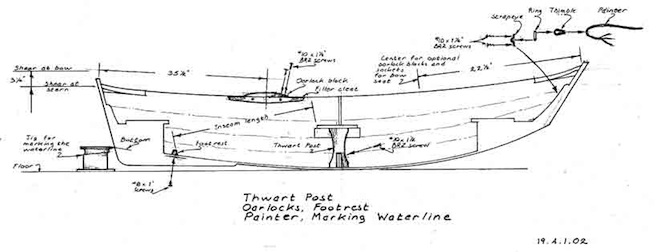
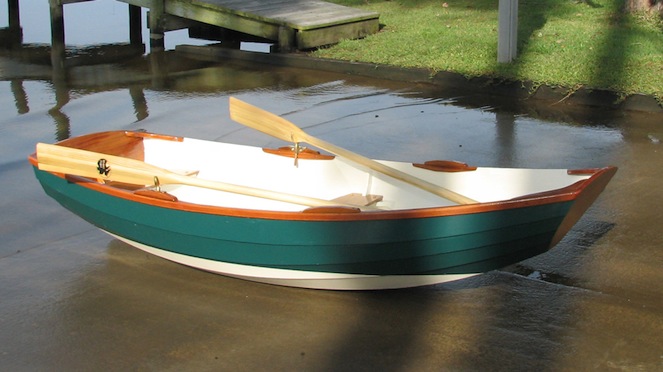
The pram is a boat with transoms at both ends. Boats with bow and stern transoms, ranging from small to quite large have been used for centuries in different parts of the world. Many are serviceable everyday boats that work hard for their living, offering the benefits shared by all good boats with two transoms: they offer a lot of capacity for their length and are usually easy and efficient to build.
The traditional prams of Norway are typically quite elegant, usually with a small bow transom well above the water. Francis Herreshoff went to England and rowed a nice pram in a rough chop and fell in love with the type. He went on to design several for some of his cruising sailboat designs where the dinghy had to fit in a very specific place on deck.
Like any small boat, there prams that are very nice, and ones that are awful. One of the mistakes that is often made to get more capacity in a short length is the bow transom is made too big. Then it doesn’t take much weight to end up with the bow transom in the water. Often in these cases the bow transom also is made close to plumb, again for more capacity, and so it becomes a snow plow for the water.
Prams usually have gentle curves for the planking to bend around and the planks also have little twist to them since they don’t have to end in a vertical plane at a stem. On glued lapstrake boats like the Compass Harbor pram you also don’t have to cut any complicated gains (usually tapered rabbet joints at the end of the planks} since they don’t need to be flush where they meet a stem.
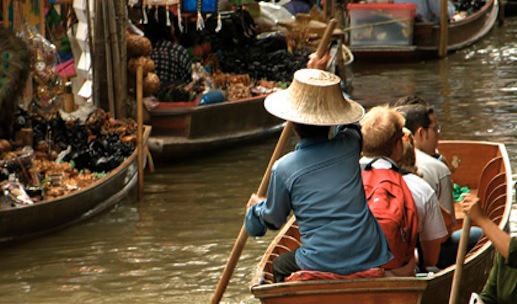
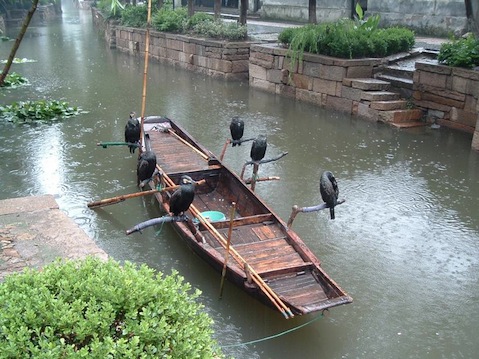
 .
. 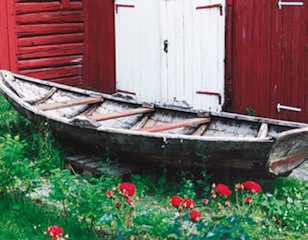
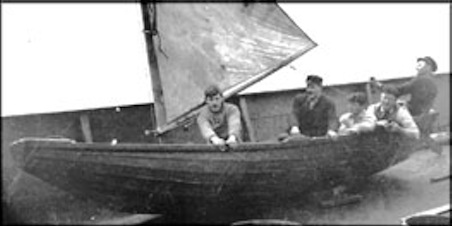
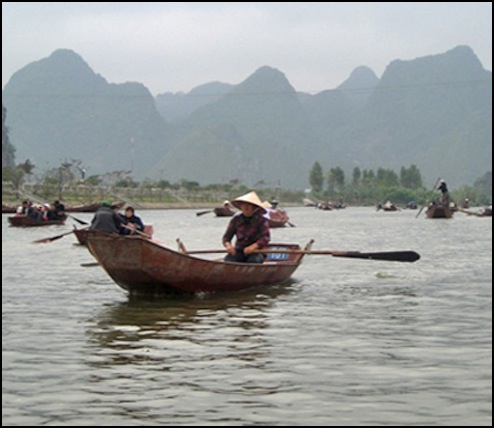
Two transoms around the world: China (2), Norwegian prams (3), Vietnam (1).


